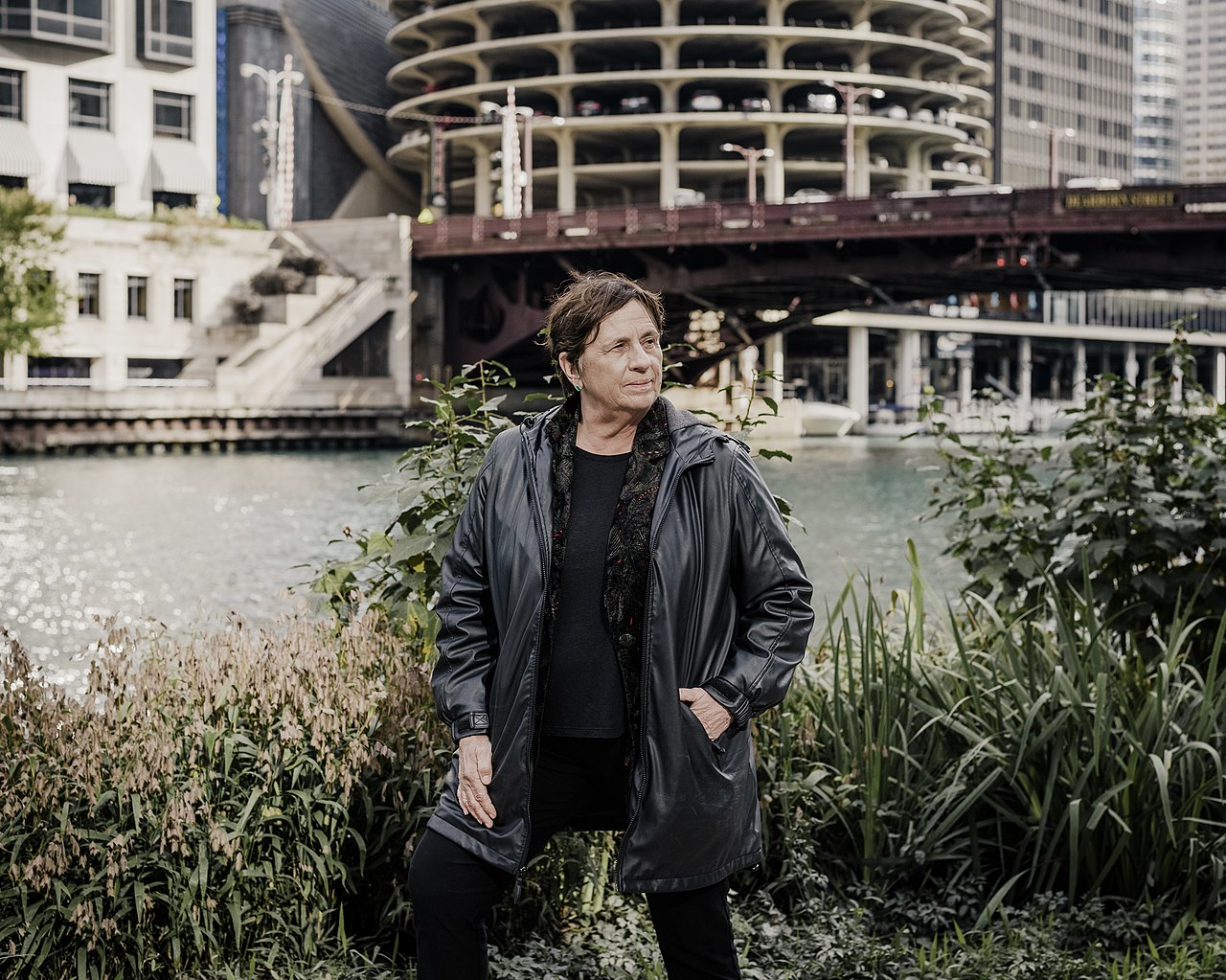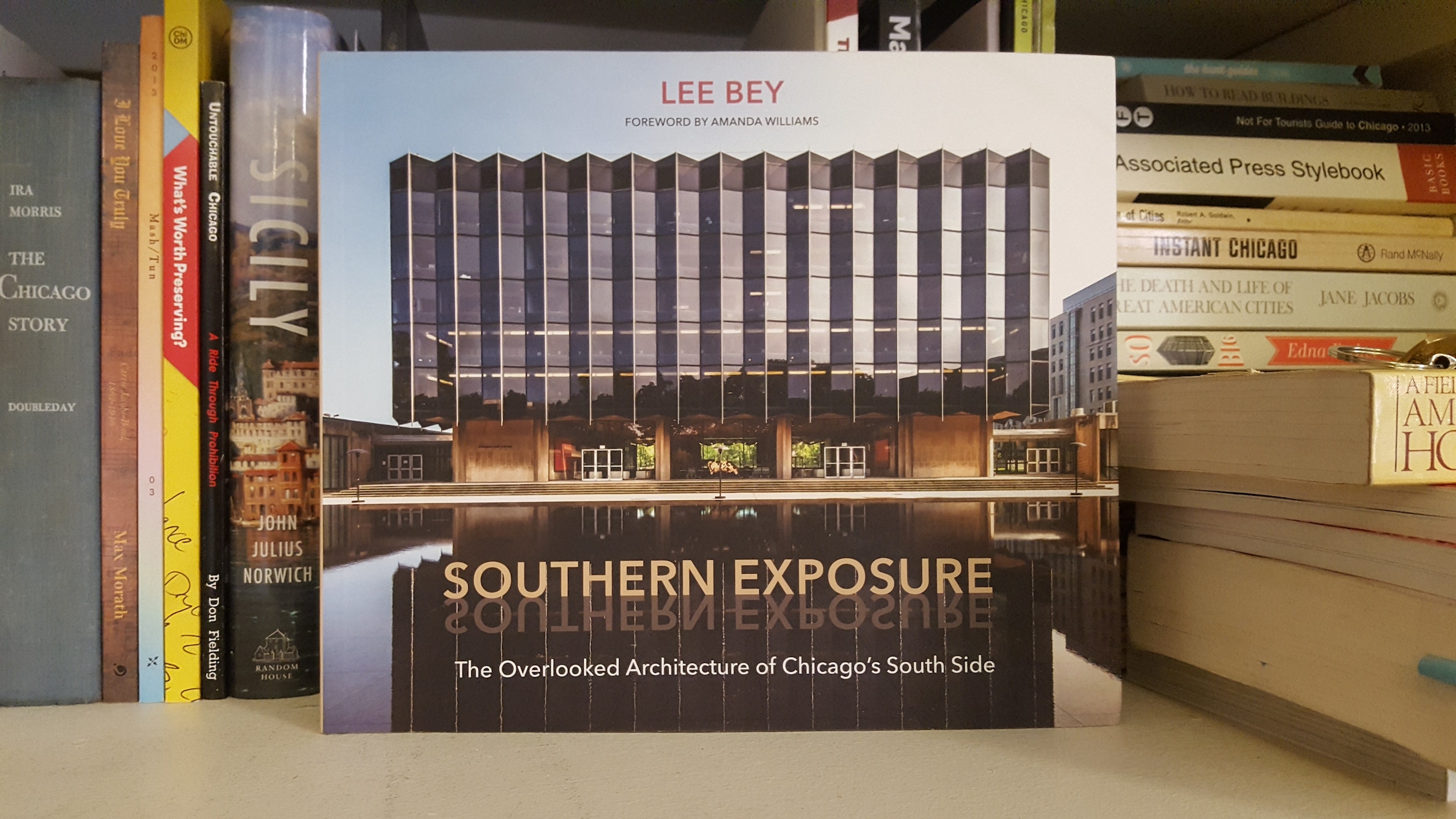Whenever I come downtown and walk up Michigan Avenue the Tribune Tower is rising above. Walking past the building, I would look into the showcase studio for WGN radio. Then, I’d admire the countless stones placed on the facade from around the world. This past Saturday, I got the very cool opportunity to go inside the historic Tribune Tower. I went behind the scenes on a tour of Colonel Robert R. McCormick’s office and the 25th floor balcony. It was an especially neat opportunity, since our Downton Bucket List private tours often visit the Tribune Tower.
We research stories from Chicago history, architecture and culture like this while developing our live virtual tours, in-person private tours, and custom content for corporate events. You can join us to experience Chicago’s stories in-person or online. We can also create custom tours and original content about this Chicago topic and countless others.
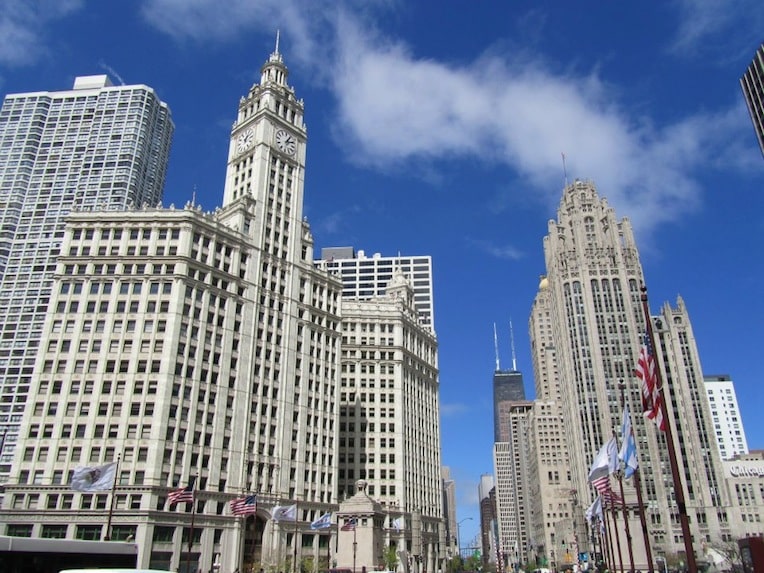
Tribune Tower Tour for Class
Through my school, North Central College, I enrolled in “Chicago on the Ground: Walking Tours of America’s Architectural Capital” led by Professor Wendy Koenig and Chicago Tribune Architecture Critic Blair Kamin. It’s non-traditional classes that get students out of the classroom and into the world for first-hand educational experiences.

The tour began in the lobby as Kamin told the story of the international competition held by the Chicago Tribune to find a design for the headquarters for what McCormick deemed the “World’s Greatest Newspaper.” Kamin also pointed out the inscriptions lining the walls of the lobby that promote freedom of the press. The winning design was a neo-Gothic tower. It was designed by architect Raymond Hood and John Meed Howells and was completed in 1925. After learning that, we headed to the elevators by passing the red velvet ropes that keep out the general public.
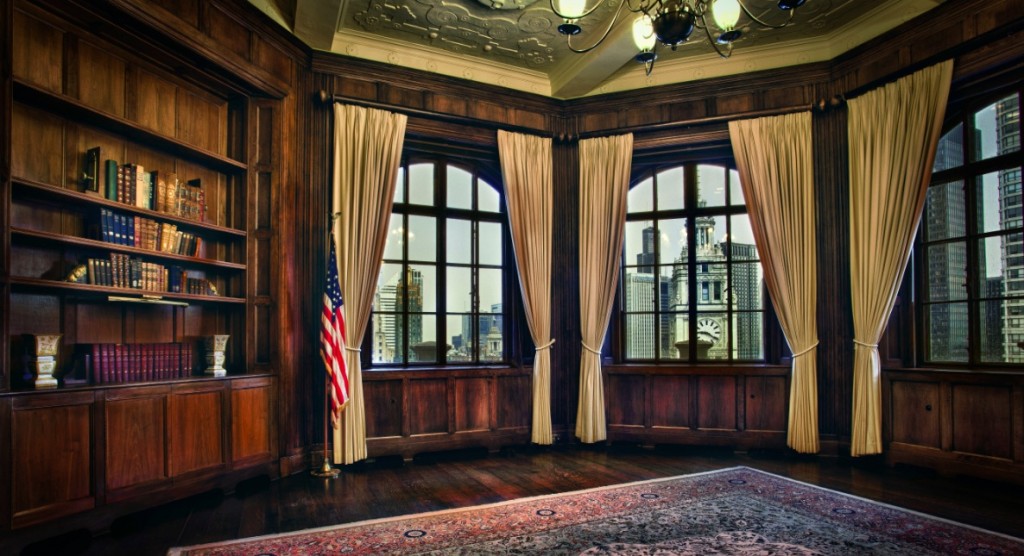
Col. McCormick’s Tribune Tower Office
The 24th floor is home to McCormick’s Office, his secretary’s office, amongst several other rooms. While his massive desk has been moved to one of many of McCormick’s former homes, you can still imagine what it would have been like for this media mogul to take in the fantastic view of the Loop and the Chicago River. Kamin remarked that there would have been fewer buildings back then.
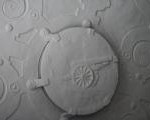
We looked at some very interesting designs on the air vents. McCormick was a Colonel during World War I. So one of the vents shows a cannon. Others are adorned with the symbol of the secret society, Scroll and Key, he was involved in when he went to Yale.
Balcony Views
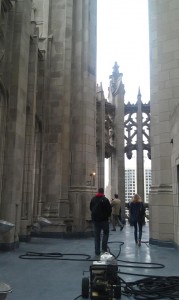
As we finished in his office the security guard for the building took us up to the 25th floor so that we could step onto the balcony underneath the flying buttresses. The scale of the building really became apparent from up above. As I looked up I felt quite small as the buttresses towered above me. Traditionally flying buttresses served as a support system to hold up the vaulted ceilings of cathedrals, but in this case they are entirely ornamental.
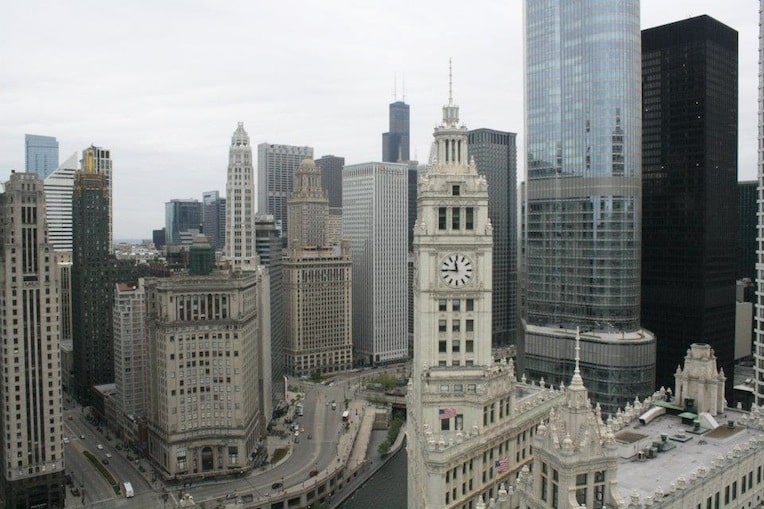
I loved seeing where McCormick once worked, though it’s disappointing that the desk does not remain. As a budding historian I find it disheartening that this room was not preserved to its fullest. Our tour was very engaging and informative. Kamin and Koenig are very knowledgeable and provided an interesting history of the Chicago Tribune and the building. I am looking forward to touring Frank Lloyd Wright’s home and studio and Farnsworth House next week.
~Brian Failing: Research & Collections Intern
ABOUT CHICAGO DETOURS
Chicago Detours is a boutique tour company passionate about connecting people to places and each other through the power of storytelling. We bring curious people to explore, learn and interact with Chicago’s history, architecture and culture through in-person private group tours, content production, and virtual tours.


